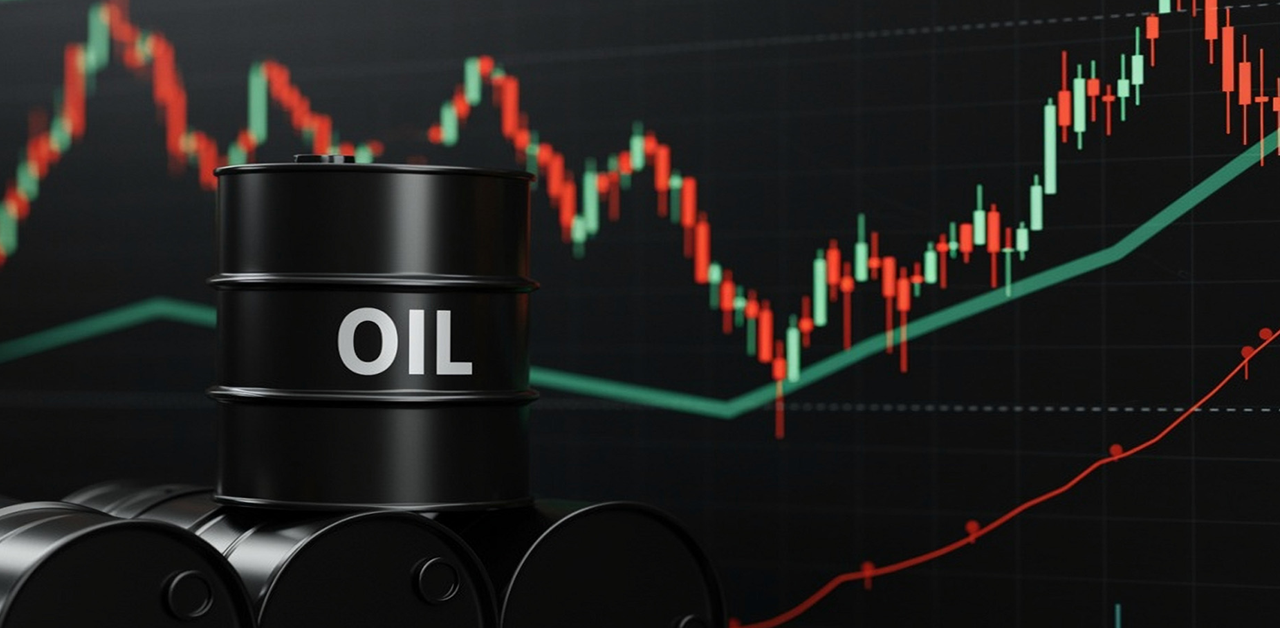The stock market meltdown may not be ended yet
A massive outflow of funds, a $11 trillion loss, and the biggest losing run for world markets since the financial crisis of 2008. The bad news is that it may not be over yet. The MSCI ACWI Index selloff has slashed company valuations across the US and Europe, but strategists ranging from Morgan Stanley’s Michael Wilson to Citigroup’s Robert Buckland expect stocks to fall even more amid concerns about high inflation, hawkish central banks, and slowing economic growth, particularly in the US.
According to Bank of America Corp., money is continuing to flow out of every asset class, and the exodus is accelerating as investors flee companies like Apple Inc. The S&P 500 has capacity to fall roughly 14% more before hitting important support levels, according to historically significant technical levels, although the number of businesses that have reached a one-year low is still a long cry from the amount during the economic growth concern that rocked markets in 2018.
“Investors are continuing to cut their positions, especially in technology and growth equities,” said Andreas Lipkow, a Comdirect Bank strategist. “However, sentiment must decline substantially more before a viable floor can be formed.”
On the other hand, some argue that the sell-off has already produced pockets of value in a variety of sectors, including commodities and even technology, which is valued on future profits growth and so avoided during periods of high interest rates. The NASDAQ 100 index rose on Friday, but it still ended the week down more than 2%.
Peter Oppenheimer of Goldman Sachs Group Inc. is one of the most well-known strategists to say it’s time to buy the drop, while Thomas Hayes, head of Great Hill Capital LLC, said “old school tech” equities like Intel Corp and Cisco Systems Inc. are now selling at favorable multiples.
However, despite the value, the larger market appears to be crumbling as the possibility of a recession becomes more widespread. Even as growth concerns deepen, the Federal Reserve’s and other central banks’ focus on inflation means investors can no longer rely on the monetary elixir that has kept the long-running bull market afloat.
The MSCI ACWI has plummeted for six weeks in a row, the Stoxx Europe 600 has lost 6% since late March, and the S&P 500 has lost more than twice as much. Except for the tech boom and the global financial crisis, the S&P 500 is still around 14% above its 200-week moving average, which has traditionally served as a floor throughout all major bear markets. After yet another down week for the US benchmark, Canaccord Genuity strategists predict additional losses on Monday due to forced margin selling.
Despite the recent drops — the S&P 500 is down more than 13% from its March 29 peak — stress indicators aren’t at levels seen during previous downturns. Only around 30% of the benchmark’s members have seen a one-year low, compared to roughly 50% during the 2018 growth concern and 82 percent during the 2008 global financial crisis.
Furthermore, the 14-day relative strength index indicates that the S&P 500 is not yet at the bottom. While the Stoxx Europe 600 Index reached oversold territory last week, the US benchmark has yet to do so, which is usually a sign of approaching recovery. As the threat of slower growth pounds economically sensitive cyclical industries, defensive equities have been in high demand. The Stoxx 600 Defensives Index is expected to remain unchanged in 2022, compared to a 15% loss for cyclicals, according to analysts at Barclays and Morgan Stanley. Claudia Panseri of UBS Wealth Management believes that the cyclical-versus-defensive relative performance is pricing for a “moderate recession.”
Despite the fact that technology companies’ valuations have plummeted — the tech-heavy Nasdaq 100 currently trades at under 20 times forecast profits, the lowest since April 2020 — some strategists believe they will continue under pressure from central banks’ aggressive monetary tightening.
According to Bank of America, tech equities recently had their largest weekly outflows of the year. Even after the price declines, Valerie Gastaldy, a technical analyst at Day By Day SAS, believes the sector might lose another 10% before reaching a bottom. “I don’t believe we’ve seen surrender yet,” Dan Boardman-Weston, CEO of BRI Wealth Management, said. “This week has been particularly severe, and investor mood, particularly in the technology sector, has taken a beating.
When compared to previous eras of defensive strength, more might be on the way. Relative gains this year are still trailing those in 2016, which were sparked by China’s slowdown and Brexit concerns, as well as in the early days of the pandemic in 2020.











